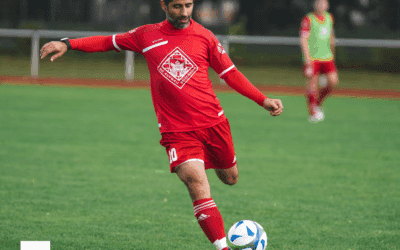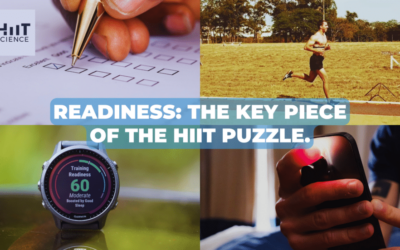Technologies we take for granted today to monitor training loads in sports, such as GPS, served for decades to locate troops in open spaces during special operations.Similarly, infrared thermography (IRT), a non-invasive technique used for measuring irradiated energy, has long been used to achieve night vision, and can even be mounted on weapons to more easily visualize shot rivals under limited visual conditions such as poor weather or low light (Figure 1).
 Figure 1.Thermal imaging in special operations being used to detect people at night.
Figure 1.Thermal imaging in special operations being used to detect people at night.
I still remember the start of my Masters degree, where our lecturer asked us to solve a problem using technology.
At the same time, working as an S&C coach for a football team, one of my biggest problems was the number of athletes complaining of fatigue at the beginning of the week following the weekend match.
But were they really fatigued or just lazy? How could I gather more objective evidence to know? Inspired by Martin to ‘think outside the box’ (2), I came across an interesting finding in a different but related field – performance monitoring of racehorses (Figure 2). Here in fact, IRT was being used to monitor the racehorse’s training response and inflammation levels (12). That lead me to study its application in athletes and how this might help us better understand localized responses to training.
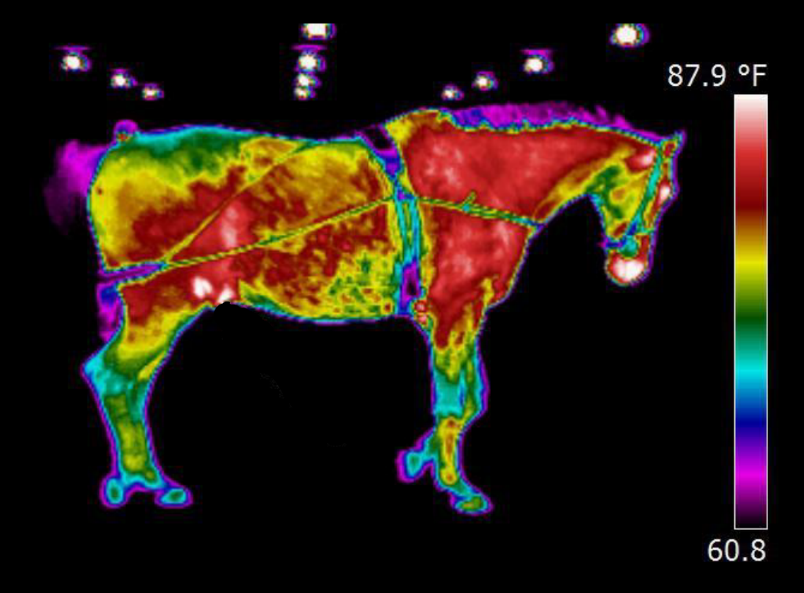 Figure 2. Thermogram of a horse.
Figure 2. Thermogram of a horse.
Training load response
While internal load measurements should typically be measured during the activity (8), I considered that IRT could be a useful method for monitoring localized training responses via the skin temperature measurement taken the day after the activity (6). As described in Chapter 9 of HIIT Science, the typical training load response variables can be categorized into the three families of 1) cardiovascular/autonomic (HR & HRV), 2) neuromuscular (GPS/accelerometers) and 3) wellness measures (Figure 3).Here, I would be proposing we consider a fourth load response variable in IRT.In the future, maybe we could imagine the daily monitoring of an athlete’s skin temperature to allow improved understanding of the training response in a quick and non-invasive way.
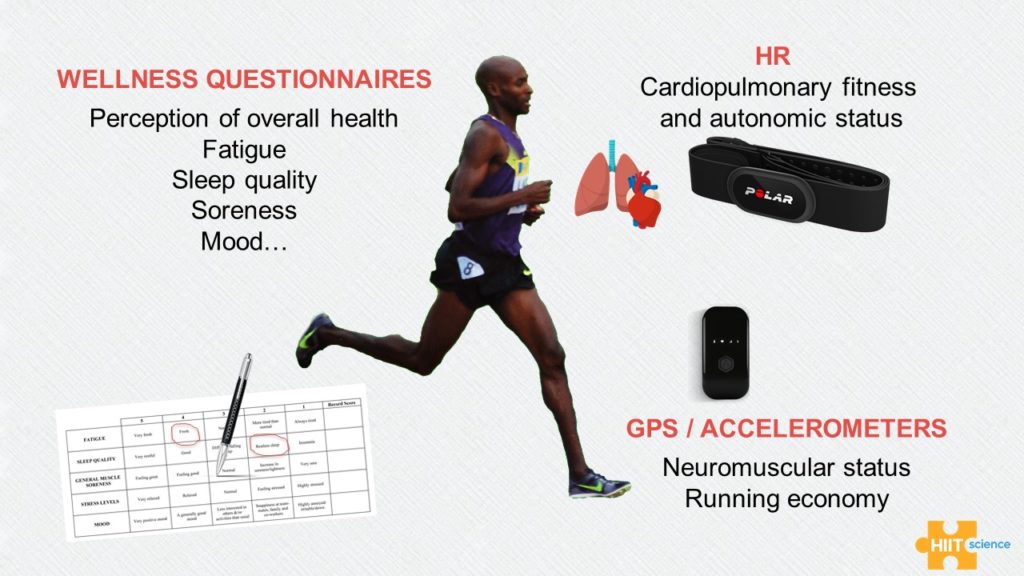 Figure 3. Training load response variables as described in Chapter 9 of HIIT Science.
Figure 3. Training load response variables as described in Chapter 9 of HIIT Science.
Appreciating IRT
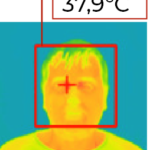
Figure 4. Infrared thermography (IRT): each pixel corresponds to temperature data.
Thermal energy is a potential energy that a body contains (static), which can transform into heat (dynamic).Heat is defined as the transference of energy between substances of different temperature. Heat and thermal energy units are the same: Jules, Watts per second and Kilowatts per hour. Temperature is not energy but reflects the kinetic energy (movement of atoms) that a body holds — or put more simply, how fast this energy moves — measured in Kelvins or Celsius degrees (ºC). While thermal energy refers to heat quantity, temperature refers to its intensity. These relationships are illustrated in Figure 5.
 Figure 5. Overview of basic thermology concepts of thermal energy, heat and temperature.
Figure 5. Overview of basic thermology concepts of thermal energy, heat and temperature.
For the HIIT study (9), I investigated how soccer players responded to the four key weapons (formats) professed by HIIT Science using a run-based context (3).
Methods
The study sample involved 37 young players from two U-16 teams for a Spanish 1st Division Team of the National Football League. These two teams played in the highest U-16 division in the Madrid area (Spain). Players were evaluated with IRT before and between 30 s and 2 min after the 4 different HIIT protocols (table 1) with different durations and a similar warm-up. These were as follows: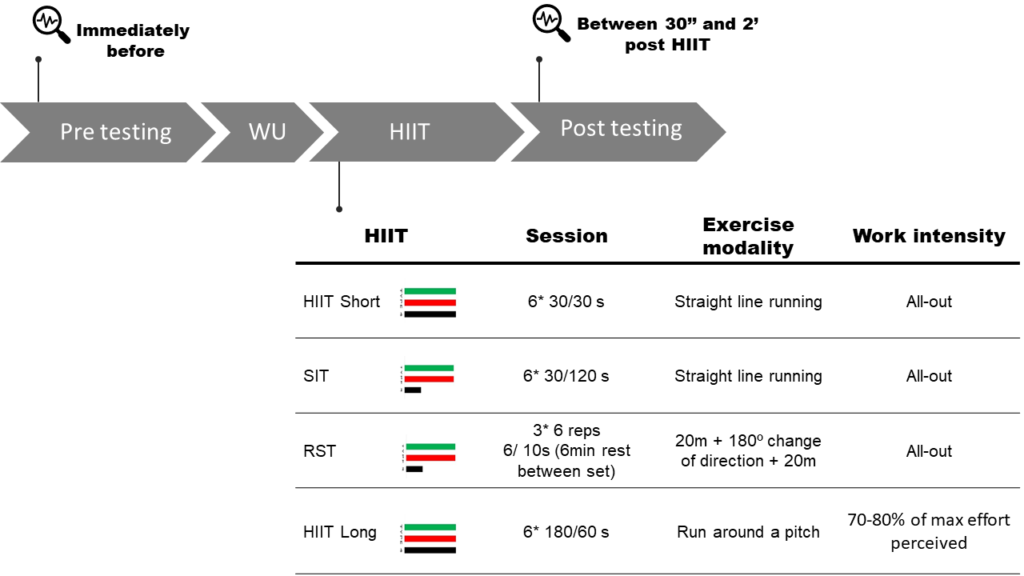 Table 1. Schematic representation of the study design as well the HIIT session performed. Green, red and black represents the aerobic, anaerobic and neuromuscular load of each session, respectively. HIIT Short and Long represent a Type 4 session, while SIT and RST represent a Type 5 session (more information about HIIT Types here).
Table 1. Schematic representation of the study design as well the HIIT session performed. Green, red and black represents the aerobic, anaerobic and neuromuscular load of each session, respectively. HIIT Short and Long represent a Type 4 session, while SIT and RST represent a Type 5 session (more information about HIIT Types here).
Thermal findings
Several thermal differences were found in this study. First was that manipulating the load of the HIIT session (time, intensity and type of running drill; COD or not) affected the thermoregulatory system in different ways.One of the most interesting findings from Lastras (9) was that of the different HIIT formats targeted, localized thermal responses occurred in almost all regions from both the anterior and posterior chains (Figure 7).

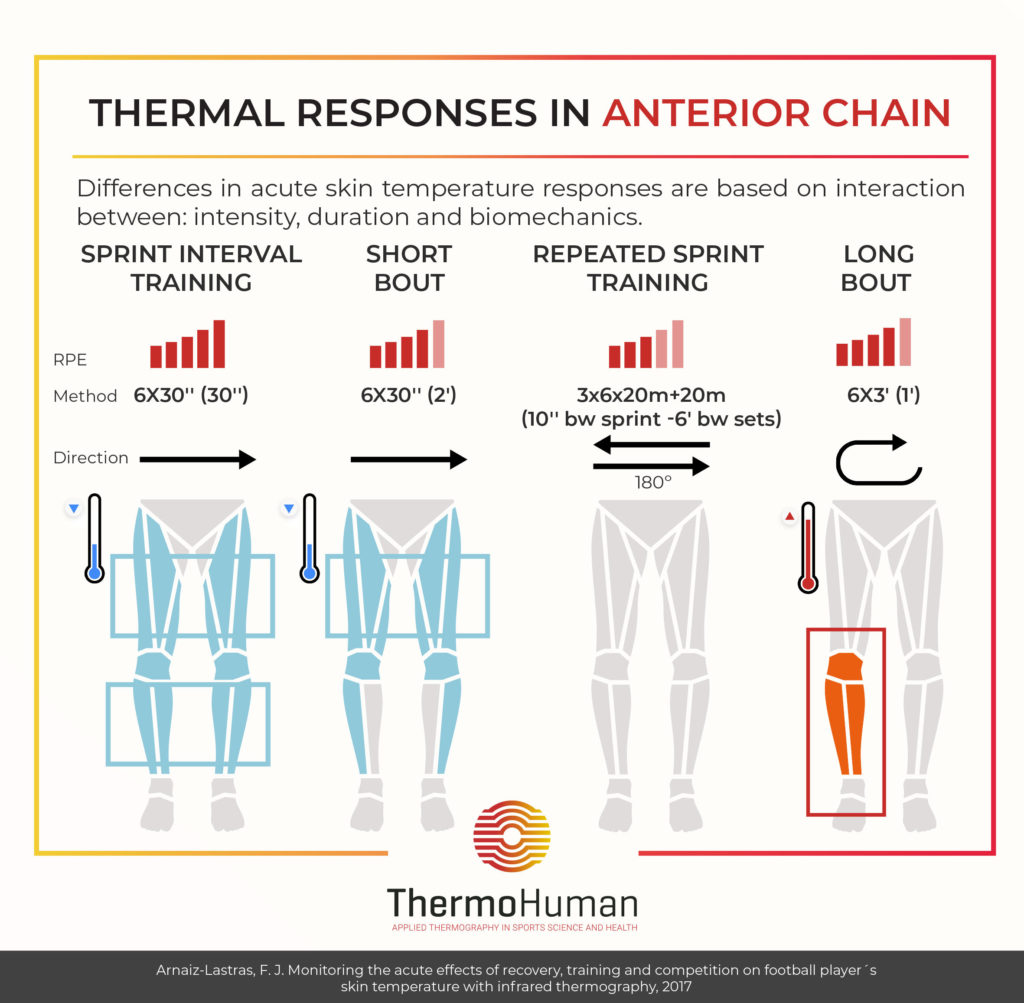
Figure 7. Thermal responses to HIIT in the anterior and posterior chains.
HIIT Short and SIT provoked decrements in temperature for the anterior and posterior chains, potentially due to the linear nature of the all-out running drills, impacting predominantly the quads and hamstrings of both legs.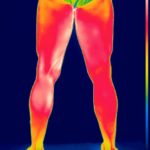 RST produced a symmetrical thermal response in the posterior chain, resulting in a cross pattern in both the hamstring from one leg and popliteus of the opposite one; Figure 7) potentially linked with the change of direction imposed in the drill, where players had to brake and perform a 180º change of direction.
For HIIT Long (continuous self-paced running at 7-8 RPE), the response was shown in the calves (Figure 7), probably because of a potential connection with a reduced hip flexion (compared with sprinting), with likely less activation of hamstrings and quads than linear HIIT Short and SIT. Also, one thing that could compromise the results of HIIT Long was that the players were running around the football pitch always in a clockwise direction. It’s possible that such asymmetrical loading in the right leg due to being closer to the center of the pitch when running in circles elicited this response, suggesting a potential relation between continuous asymmetrical loading in running biomechanics and thermal responses. This finding could reveal a future practical application of this novel technology.
RST produced a symmetrical thermal response in the posterior chain, resulting in a cross pattern in both the hamstring from one leg and popliteus of the opposite one; Figure 7) potentially linked with the change of direction imposed in the drill, where players had to brake and perform a 180º change of direction.
For HIIT Long (continuous self-paced running at 7-8 RPE), the response was shown in the calves (Figure 7), probably because of a potential connection with a reduced hip flexion (compared with sprinting), with likely less activation of hamstrings and quads than linear HIIT Short and SIT. Also, one thing that could compromise the results of HIIT Long was that the players were running around the football pitch always in a clockwise direction. It’s possible that such asymmetrical loading in the right leg due to being closer to the center of the pitch when running in circles elicited this response, suggesting a potential relation between continuous asymmetrical loading in running biomechanics and thermal responses. This finding could reveal a future practical application of this novel technology.
Conclusion
In closing, while the present post may appear futuristic to most, practical use of the technology in sport may be closer than you think. For example, the FLIR ONE PRO can already be applied to a user’s smartphone.In the future, performance professionals may be able to monitor physiological responses to load after training, region by region, or even in real time on the football pitch during hydration pauses, or in sync with external metrics from movement devices.Again, we can thank the military for the new intelligence arising through the IRT technology as we strive to understand further an athlete’s individual training load response to exercise.
About the author
 Javier Arnaiz Lastras (Madrid, Spain) finished his Ph.D. on “Monitoring the acute effects of recovery, training and competition on football player’s skin temperature with infrared thermography.” He holds a degree in Sports Science, as well an MSc in both Research in Sports Science from the Technical University of Madrid (INEF-UPM) and Strength & Conditioning and Rehabilitation in Soccer (UPO, Seville).
Arnaiz Lastras is the head of S&C for the NBA Academy LATAM. He is also the head of S&C in the High Performance National Center in Mexico City, where he is in charge of Olympic teams for Tokyo 2020+1 in taekwondo, artistic swimming, archery, and rowing. His athletes have achieved several medals in world championships and the Pan American Games. He is the former S&C coach of the Basketball National Team from Mexico, which won the bronze medal in the FIBA AmeriCup 2017.
Javier Arnaiz Lastras (Madrid, Spain) finished his Ph.D. on “Monitoring the acute effects of recovery, training and competition on football player’s skin temperature with infrared thermography.” He holds a degree in Sports Science, as well an MSc in both Research in Sports Science from the Technical University of Madrid (INEF-UPM) and Strength & Conditioning and Rehabilitation in Soccer (UPO, Seville).
Arnaiz Lastras is the head of S&C for the NBA Academy LATAM. He is also the head of S&C in the High Performance National Center in Mexico City, where he is in charge of Olympic teams for Tokyo 2020+1 in taekwondo, artistic swimming, archery, and rowing. His athletes have achieved several medals in world championships and the Pan American Games. He is the former S&C coach of the Basketball National Team from Mexico, which won the bronze medal in the FIBA AmeriCup 2017.
References
- Bouzas Marins JC, de Andrade Fernandes A, Gomes Moreira D, Souza Silva F, Magno A. Costa C, Pimenta EM, and Sillero-Quintana M. Thermographic profile of soccer players; lower limbs. Revista Andaluza de Medicina del Deporte 7: 1-6, 2014.
- Buchheit M. Outside the Box. 12: 1001, 2017.
- Buchheit M and Laursen PB. High-intensity interval training, solutions to the programming puzzle. Part II: anaerobic energy, neuromuscular load and practical applications. Sports Med 43: 927-954, 2013.
- Côrte AC, Pedrinelli A, Marttos A, Souza IFG, Grava J, and José Hernandez A. Infrared thermography study as a complementary method of screening and prevention of muscle injuries: pilot study. BMJ Open Sport Exerc Med 5: e000431, 2019.
- de Andrade Fernandes A, Pimenta EM, Moreira DG, Sillero-Quintana M, Marins JCB, Morandi RF, Kanope T, and Garcia ES. Effect of a professional soccer match in skin temperature of the lower limbs: a case study. J Exerc Rehabil 13: 330-334, 2017.
- Fernández-Cuevas I, Bouzas Marins JC, Arnáiz Lastras J, Gómez Carmona PM, Piñonosa Cano S, García-Concepción MÁ, and Sillero-Quintana M. Classification of factors influencing the use of infrared thermography in humans: A review. Infrared Physics & Technology 71: 28-55, 2015.
- Gómez-Carmona P, Fernández-Cuevas I, Sillero-Quintana M, Arnaiz-Lastras J, and Navandar A. Infrared Thermography Protocol on Reducing the Incidence of Soccer Injuries. J Sport Rehabil: 1-6, 2020.
- Impellizzeri FM, Marcora SM, and Coutts AJ. Internal and External Training Load: 15 Years On. Int J Sports Physiol Perform 14: 270-273, 2019.
- Lastras JA. Monitoring the acute effects of recovery, training and competition on football player´s skin temperature with infrared thermography. 2017.
- Menezes P, Rhea MR, Herdy C, and Simão R. Effects of Strength Training Program and Infrared Thermography in Soccer Athletes Injuries. Sports (Basel) 6, 2018.
- Planck M. Treatise on Thermodynamics. Dover Publications, 2013.
- Turner TA, Pansch J, and Wilson JHP. Thermographic Assessment of Racing Thoroughbreds. 2001.


